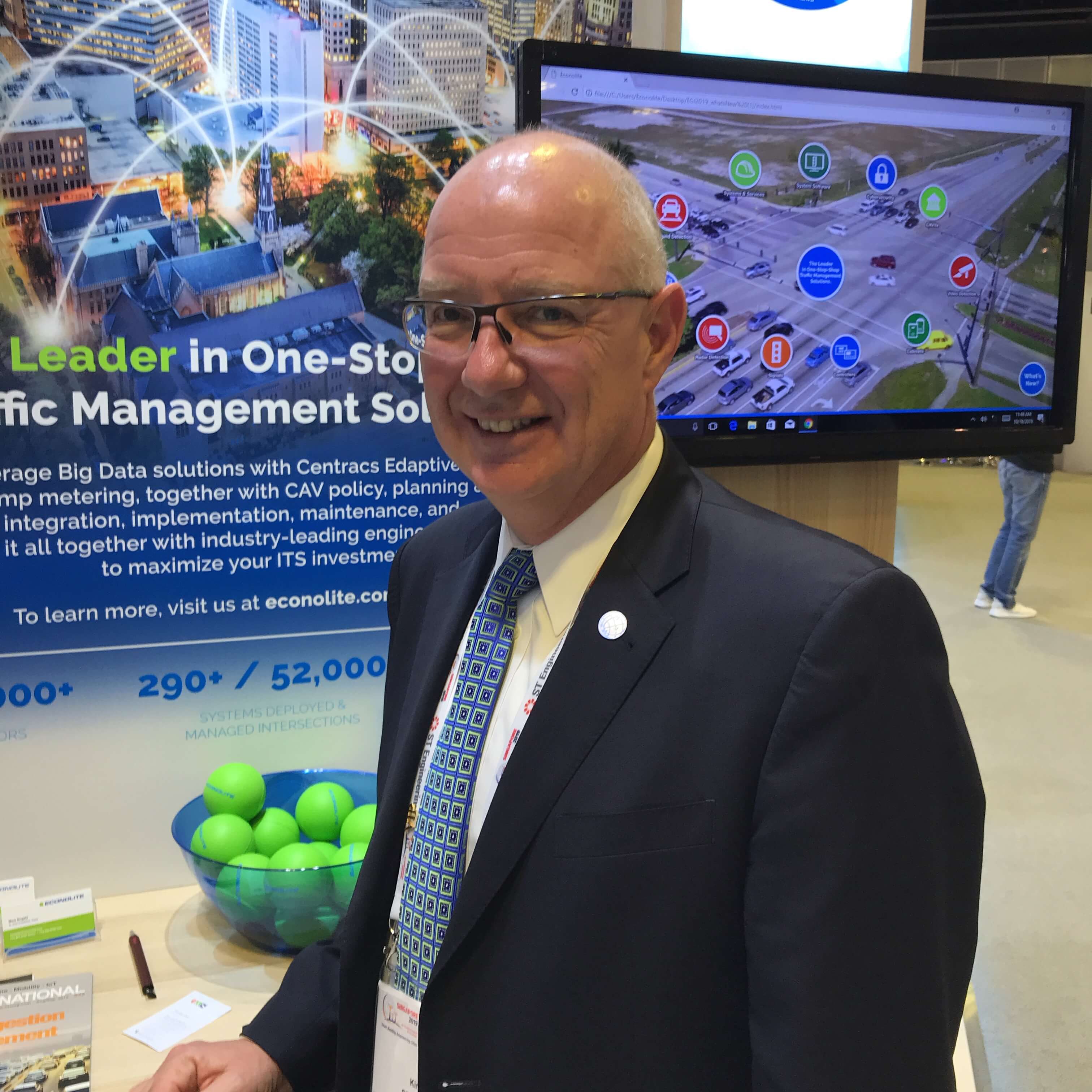Using intelligent transportation systems (ITS) to solve traffic problems has become a trend across the globe. Specifically, this trend is particularly noticeable in Southeast Asia, which can benefit from ITS in many ways.
Using intelligent transportation systems (ITS) to solve traffic problems has become a trend across the globe. Specifically, this trend is particularly noticeable in Southeast Asia, which can benefit from ITS in many ways.
ITS become a popular concept in Southeast Asia due to the same reasons as in other regions in the world: to optimize infrastructure usage and reduce traffic by way of technology. Indeed, with urbanization in full swing in Southeast Asia, it has become more and more difficult for citizens to move around in cities.
 Omid Ejtemai, MD,
Omid Ejtemai, MD,
Asia Pacific, PTV Group
"Southeast Asia cities are growing and becoming more successful, and that attracts more people. Of course, when more and more people move into cities, mobility becomes an issue as cities become more congested and polluted,” said Omid Ejtemai, MD for Asia Pacific at
PTV Group.
“If you look at Bangkok, if you look at Manila, they've all become prosperous in the past few years, and that prosperity has meant people are moving away from scooters and motorbikes and buying cars,” said Vipul Toprani, Senior Consultant for Smart Cities at
DB Engineering and Consulting. “Cars of course need more road space as compared to two wheelers and this is taking place across the board in Southeast Asia. That’s why in lots of capital cities in the Southeast Asia region, they have lots of transport problems.”
 Vipul Toprani, Senior
Vipul Toprani, Senior
Consultant, Smart
Cities, DB
“For Kuala Lumpur the traffic is really bad on certain roads, especially during the evening peak period,” said Michael Fun, CMO at
Sena Traffic Systems. “Most people still drive. Unless the future public transportation system is being implemented, there’s still a need for private cars.”
Optimizing infrastructure
To solve these problems, one solution is to build more road infrastructure. But for a lot of Southeast Asian cities, this has become increasingly unfeasible, due to their dense population and a lack of available space. That’s why to optimize the use of the existing infrastructure has become key.
“There’s no longer a possibility to build roads, because firstly cities can’t allocate funding to continuously build new roads, and secondly and more importantly there's no more space in large cities. The better solution is to more effectively utilize the supply and the infrastructure we have using technology,” Ejtemai said.
 David Bolt, VP,
David Bolt, VP,
Solution Consulting,
Asia Pacific,
Kapsch TrafficCom
“I read an article that in Bangkok, with regard to the space that's available, only nine percent is dedicated to the road network. So out of 100 square meters, nine square meters is allocated to a road, and the average value is around 35 to 40 percent,” said David Bolt, VP of Solution Consulting for Asia Pacific at
Kapsch TrafficCom. “It just shows you how there's very little capacity in the network, and there’s got to be a smarter way to use the road infrastructure.”
Turning to ITS
 Rish Malhotra, Executive
Rish Malhotra, Executive
VP and COO, IRD
And this is where Southeast Asian cities can benefit from ITS as well as the technologies associated with it, for example adaptive signaling, electronic toll collection, smart parking and information dissemination. In fact, ITS’s growth potential in the region can’t be ignored. The market research firm MarketsandMarkets forecasts that while globally, the smart transportation market will grow from US$55 billion in 2017 to $149.2 billion by 2023, at a compound annual growth rate (CAGR) of 14.7 percent, by region APAC is expected to account for the highest growth potential in the smart transportation market during this period.
"In Southeast Asia there continues to be a lot of focus on maintaining existing highways and building new highways considering new and emerging forms of transportation. Specific to Southeast Asia, in Indonesia, Malaysia, Thailand and the Philippines we’ve delivered lots of projects involving toll collection systems. ITS opportunities in Southeast Asia are obviously tremendous and we look forward to continuing to deliver our technology and solutions.” said Rish Malhotra, Executive VP and COO of
International Road Dynamics (IRD) which is a Canadian enterprise with offices and partners around the world.
 Kirk Steudle, SVP,
Kirk Steudle, SVP,
Econolite
“I'd say there's a lot of opportunities in Southeast Asia. The market is very strong,” said Kirk Steudle, SVP of
Econolite. “The Americas are the vast majority of our market. We do some business in the Middle East. Business needs drive our focus area and expansion."